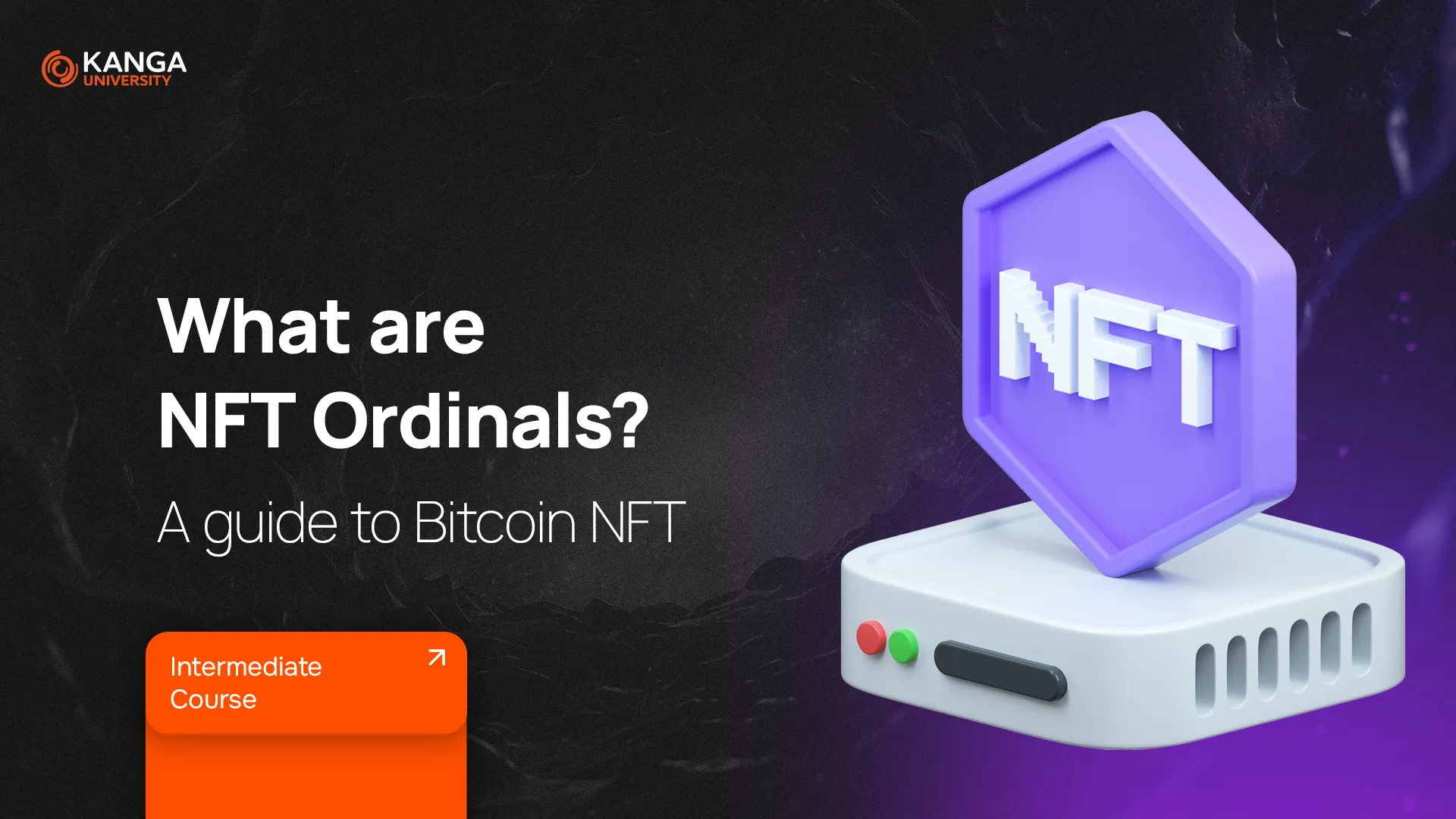
Until recently, NFTs were almost entirely associated with Ethereum. But in 2023, something changed — the launch of the Ordinals protocol brought NFTs to Bitcoin, and it’s quickly making waves.
Within weeks of its release, users created over 100,000 inscriptions directly onto satoshis — the smallest unit of Bitcoin. So what exactly are Bitcoin Ordinals, and why is everyone talking about them? Let’s break it down.
What Are Bitcoin Ordinals?
Ordinals is a protocol that lets users inscribe data — like images, text, or videos — directly onto individual satoshis. Unlike traditional NFTs on Ethereum, which usually store content off-chain (on external servers), Ordinals store everything on-chain, right inside the Bitcoin blockchain.
The protocol went live in January 2023, created by Casey Rodarmor, and uses the Bitcoin Taproot upgrade to make this possible. The result? A completely new kind of NFT experience — one that’s secure, permanent, and 100% stored on Bitcoin.
Why Ordinals Are Different From Traditional NFTs
Most NFTs on Ethereum store a pointer to external data. If that file gets lost or the server goes down, the NFT is basically useless. Ordinals fix that by putting the entire NFT content directly on the blockchain. No external links, no middlemen — just pure, decentralized storage.
This gives Ordinals some powerful advantages:
-
Permanent storage – the data is on Bitcoin forever
-
Greater authenticity – no reliance on third-party servers
-
Full transparency – anyone can verify the NFT directly on-chain
Ordinals NFTs are considered more resilient and “true to the spirit of blockchain” than many Ethereum-based NFTs.
How Bitcoin Ordinals Work (in Simple Terms)
Here’s how they’re built:
-
Transaction Witness Field – this is where the actual data (like an image or message) is stored
-
Inscriptions – the data that gets embedded into a Bitcoin transaction
-
Envelope – a wrapper made of special Bitcoin code that tells the blockchain how to process the NFT
-
Ordinal Numbers – each satoshi is assigned a number, making it possible to track and trade them as unique digital collectibles
Once inscribed, these satoshis become what some call digital artifacts — unique, ownable pieces of blockchain history.
The Impact of Ordinals on the Bitcoin Network
Not everyone welcomed Ordinals at first. Critics argued they could “clog” the Bitcoin blockchain. But thanks to Taproot and the Schnorr signatures it introduced, Ordinals can actually make transactions more efficient by compressing data and combining digital signatures.
That means:
-
Lower transaction costs
-
Increased privacy
-
No major burden on the network
What’s Next for Ordinals?
This space is moving fast. By March 2023, Ordinals had already made headlines — and developers began creating tools to help users migrate NFTs from Ethereum to Bitcoin. One such tool is Teleburn, which allows users to transfer an NFT to Bitcoin while destroying it in the original network.
According to Dune Analytics, by the end of January 2023, more than 300,000 inscriptions had been created. Analysts now estimate the Ordinals NFT market could grow to $4.5 billion by 2025, potentially rivaling Ethereum.
Top Bitcoin Ordinals Projects to Watch
Some of the most interesting NFT collections already live on Bitcoin include:
-
Ordinal Punks – a tribute to CryptoPunks, this was one of the first 100 Ordinals collections.
-
Taproot Wizards – an experimental and innovative series using full capabilities of Taproot.
-
Bitcoin Rocks
-
Timechain Collectibles
-
Ordinal Loops
-
Bitcoin Shrooms
-
The Shadow Hats
-
The Dan Files
As the market grows, expect even more creative and ambitious projects to appear.
Summary
Bitcoin Ordinals are bringing a fresh wave of innovation to the NFT space. With data fully stored on the blockchain, they offer unmatched transparency and permanence. While the technology is still new, the excitement and adoption are growing rapidly.
For artists, collectors, and developers, Ordinals represent a new frontier — one that’s rooted in Bitcoin, but full of creative possibilities.